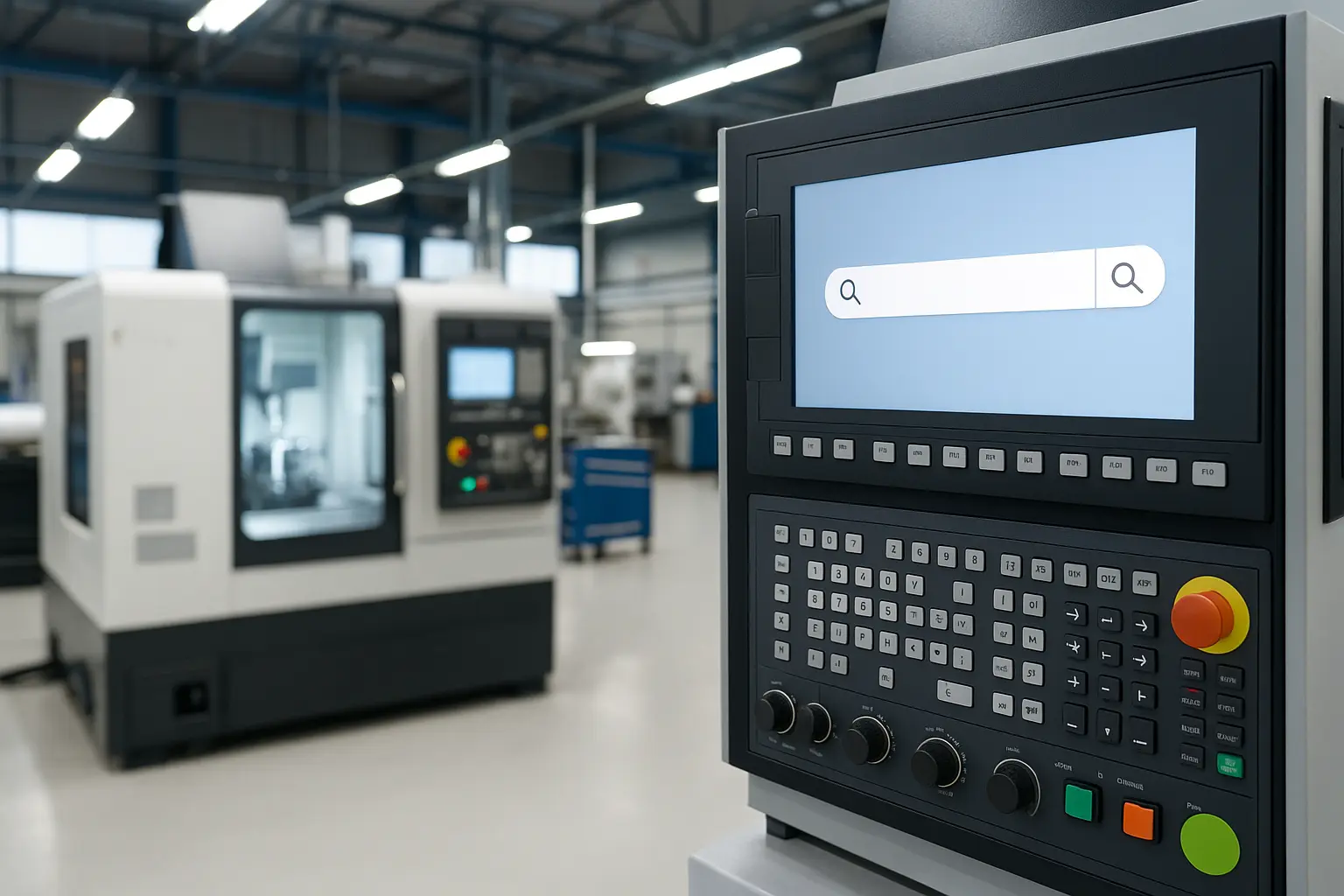Want your heavy equipment business to generate more leads online? Search engine optimization (SEO) is the game-changer that connects industrial buyers with your services at the right moment. In today’s digital-first market, a strong SEO strategy can help your dealership, rental service, or heavy machinery brand dominate local and national searches.
In this guide, we’ll break down seven proven strategies to improve your Heavy Equipment Business SEO, helping you attract high-intent B2B customers, build trust, and drive qualified traffic.
Why SEO Matters for Heavy Equipment Businesses
Over 90% of B2B buyers start their purchase journey online (Think with Google, 2023). Whether you’re selling bulldozers, excavators, or crane rentals, a search-optimized website ensures your business is discoverable when it matters most.
Top SEO benefits for heavy equipment businesses:
- Increased local and national visibility
- Better qualified leads (contractors, site managers, dealers)
- Competitive edge over OEMs and rental aggregators
- Long-term ROI through organic search traffic
1. Target High-Intent Keywords for Buyers and Operators
🔍 Do Keyword Research Specific to the Heavy Equipment Industry
Use tools like SEMrush, Ahrefs, or Google Keyword Planner to find buyer-focused phrases. Combine equipment names with modifiers that signal intent.
Examples:
- “excavator rentals near me”
- “buy used bulldozers in Texas”
- “heavy equipment repair services”
- “CAT excavator vs Komatsu comparison”
💡 Pro Tip:
Create separate landing pages for each equipment category or service to maximize keyword depth and search visibility.
2. Optimize Your Google Business Profile (GBP) for Local SEO
📍 Capture Local Contractor & Industrial Search
Your Google Business Profile is a key local SEO asset. An optimized profile can drive calls, direction requests, and site visits directly from the search results.
Action Steps:
- Add high-resolution photos of equipment and your yard
- Include exact service areas, hours, and NAP (name, address, phone)
- Use keywords like “heavy equipment rental [city]” in the description
- Encourage reviews from B2B clients and contractors
Companies with optimized GBPs see 35% more clicks to their websites (BrightLocal, 2024).
3. Develop Buyer-Focused Content and Blogs
✍️ Content That Educates = Content That Ranks
Google rewards sites that provide helpful, relevant content. Create blog posts, guides, and comparison pages that address customer questions.
Content Ideas:
- “How to choose the right backhoe for construction projects”
- “Top 5 heavy equipment brands for 2025”
- “Checklist: Buying vs renting heavy machinery”
- “Maintenance tips to extend your excavator’s life”
🧠 Use Structured Data:
Implement schema markup like FAQPage, Product, or Service to improve your eligibility for AI search results and rich snippets.
4. Build Local and Industry-Specific Backlinks
🔗 Earn Links from Dealers, Associations, and Trade Media
Backlinks from reputable industry sources improve your domain authority, a key ranking factor.
Where to build links:
- Industry directories (e.g., Equipment Trader, Machinery Trader)
- Heavy equipment associations (e.g., AEM, AED)
- Local chambers of commerce
- Construction blogs, YouTube reviewers, and influencers
Backlink quality > quantity. One link from a major OEM blog can outperform 50 random directory submissions.
5. Improve On-Page SEO with Technical Precision
⚙️ Make Your Site Google and User Friendly
Search engines prioritize websites that load fast, are mobile-optimized, and use structured HTML.
Checklist:
- Optimize image sizes (especially high-res equipment photos)
- Use H1-H3 tags with keywords (e.g., “Excavator Rental Services in Houston”)
- Improve page speed (aim for <2.5 seconds) with tools like PageSpeed Insights
- Use canonical tags to avoid duplicate content across product pages
Don’t forget to add alt text to images, especially those showcasing specific equipment, to help Google index them for image search.
6. Use Video SEO to Showcase Heavy Machinery
🎥 Videos Build Trust and Reduce Bounce Rate
Videos showing your equipment in action, maintenance tutorials, or customer testimonials increase engagement and dwell time — both key SEO signals.
Tips for SEO-optimized video:
- Host on YouTube and embed on your site
- Include focus keywords in titles, descriptions, and tags
- Add transcripts to improve keyword coverage and accessibility
According to Wistia, pages with videos see on average 2x longer time-on-site than those without.
7. Track, Analyze, and Iterate Based on SEO Performance
📊 Data-Driven SEO for Sustainable Growth
Regularly track your SEO performance to identify what’s working and what needs improvement.
Tools to Use:
- Google Search Console: Track keyword rankings, click-through rates, and indexing issues
- Google Analytics 4 (GA4): Understand user behavior and bounce rate
- SEMrush/Ahrefs: Competitor tracking and backlink audits
Set quarterly SEO KPIs such as:
- % increase in organic traffic
- Number of new backlinks
- Top 10 keyword position growth
Conclusion: Stay Ahead in Search with Strategic SEO
Improving your Heavy Equipment Business SEO is not a one-time task — it’s an ongoing strategy that drives high-quality leads and long-term visibility. By applying these expert strategies, your business can rank higher in both local maps and national search results, stand out in AI-powered search tools, and ultimately generate more revenue.
✅ Final Takeaway:
Prioritize keyword-rich content, local SEO, backlink building, and technical performance — and your business will rise above competitors in search rankings.




